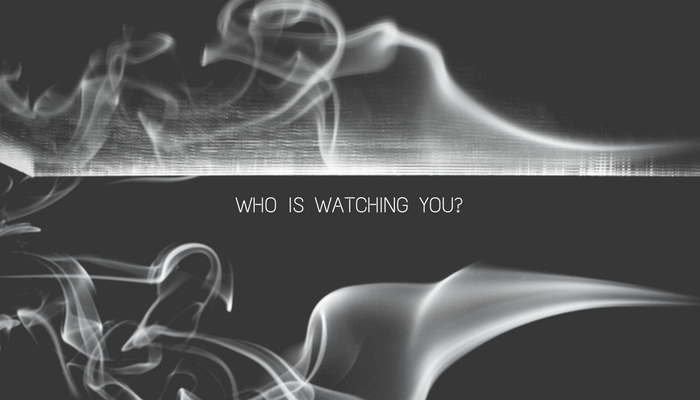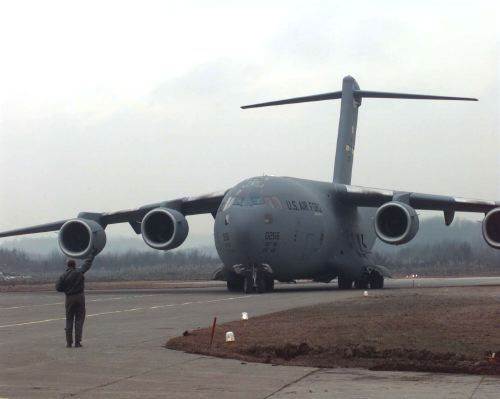Mass surveillance is one of the most controversial topics in North America. Are you being watched right now? Do you care? What do you have to hide? When Edward Snowden released classified NSA information in 2013 it confirmed what many people already suspected: the government is watching. To some, this represents a gross violation of privacy rights, to others, a necessary evil to prevent a greater threat. So where do we draw the line when it comes to surveillance? Should we draw one at all?
Intelligence collection in Canada
One individual agency is not responsible for intelligence collection in Canada; instead, it is the combined responsibility and collaboration of several agencies. These agencies operate domestically and abroad with the common goal of protecting Canada and Canadian interests from threats to national security. Although there are several public and private agencies that have a hand in intelligence collection, the Canadian Security Intelligence Service (CSIS), the Communications Security Establishment (CSE), the Royal Canadian Mounted Police (RCMP), and the Canadian Armed Forces (CAF), make up the main intelligence collection branches in Canada. All public sector Canadian intelligence agencies stress their commitment to obtaining information in a least-intrusive manner and with Federal Court warrants when necessary.
CSIS, often thought of as the Canadian CIA (although having several key differences), operates in Canada and abroad to preemptively detect threats to Canada’s national security. CSIS primarily focuses on terrorism related threats, the proliferation of weapons of mass destruction, and threats from organized crime. Intelligence is collected by CSIS from a variety of sources, including members of the public, foreign governments, foreign and domestic media, and electronic interception. The intelligence that is collected is used both strategically for policy making and tactically to thwart active threats.
The RCMP has a less direct role in intelligence collection, though a vital role nonetheless. Policing and investigations remain a main priority of the RCMP, from the international to the local level. Information that is collected in the course of lawful investigations may be analyzed by the RCMP’s Criminal Intelligence Program (CIP) for accuracy, and then included in threat assessment reports that, just as with CSIS, may be used strategically and tactically.
The Canadian Armed Forces also have an extensive intelligence network. In addition to headquarters, five units make up the Canadian Forces Intelligence Group: Canadian Forces Joint Imagery Centre, Canadian Forces National Counter-Intelligence Unit, Joint Meteorological Centre, Mapping and Charting Establishment, and Joint Task Force X. The main purpose of the Canadian Forces Intelligence Group is to support the Department of National Defence objectives and CAF operations.
Most controversial is the Communications Security Establishment, as they are tasked with what many people consider surveillance. The CSE is often thought of as Canada’s NSA (the American National Security Agency), but this is inaccurate. The CSE has three main tasks: collecting foreign signals intelligence, protecting Canada’s electronic information and computer networks, and assisting federal law enforcement and security agencies. The privacy laws and regulations that govern CSE activities are extensive and, contrary to popular belief, involve comprehensive oversight. Specifically, in collecting foreign intelligence and protecting Canada’s electronic infrastructure, the CSE may not spy on Canadians. It is noted by the CSE however that when dealing with information transmitted electronically, foreign signals being sent to Canadians may be intercepted incidentally (a case-specific risk that must be authorized by the Minister of National Defence). When assisting federal law enforcement and security agencies however, the CSE can direct its activities at Canadians, but is required to comply with the same regulations that govern those federal bodies, such as obtaining a federal warrant.
The CSE collects foreign signal information from the Global Information Infrastructure, which is described in the National Defence Act as “electromagnetic emissions, communications systems, information technology systems and networks, and any data or technical information carried on, contained in or relating to those emissions, systems or networks”. The CSE uses metadata to carry out its mandate, meaning that it can collect only contextual information about things like Internet browsing (such as IP addresses), emails, texts, and phone calls. For example, the time and phone numbers involved in a phone call may be obtained, but the content of the call cannot be without a warrant.
The NSA
The United States has what seems to be a much more extensive collection network, the details of which have been made available since the Snowden revelations. The National Security Agency (NSA) has domestic intercept stations that use fiber optic splitters to divert Internet traffic to the NSA for processing. The US also has the PRISM Program, which collects data from Microsoft, Yahoo, Google, Facebook, PalTalk, AOL, Skype, YouTube, and Apple. Photos, videos, audio files, documents, and emails are collected using the PRISM program. In addition to other Internet tracking capabilities, the US also collects metadata from various sources including cell phones.
Canada, while seemingly paling in comparison to the American intelligence system, is a Five Eyes ally. Five Eyes is the intelligence sharing alliance between Canada, Australia, New Zealand, the UK, and the US, in which the five countries do not spy on each other, but agree to share their collected signals intelligence. Although unilaterally the Canadian system may seem extensive, in comparison with the Five Eyes allies, the Canadian system is relatively tame. Arguably this is the reason that Canada has had to rely on American intelligence in the past to thwart an attack on home soil.
This article is part of a four-part series. Check out Parts Two, Three, and Four, to read about Canadian Privacy Laws, Snowden in Canada, and thwarted threats in Canada.
Photo: “Smoke and mirrors” (2010), by theilr via flickr. Licensed under CC 2.0.
Disclaimer: Any views or opinions expressed in articles are solely those of the authors and do not necessarily represent the views of the NATO Association of Canada.




